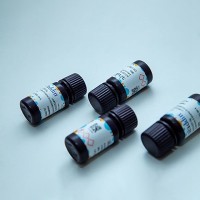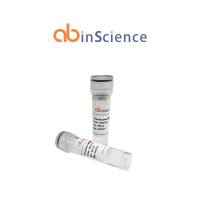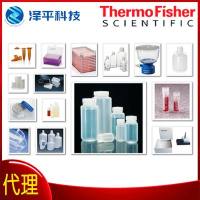A Pipeline for 15N Metabolic Labeling and Phosphoproteome Analysis in Arabidopsis thaliana
互联网
440
Within the past two decades, the biological application of mass spectrometric technology has seen great advances in terms of innovations in hardware, software, and reagents. Concurrently, the burgeoning field of proteomics has followed closely (Yates et al., Annu Rev Biomed Eng 11:49–79, 2009)—and with it, importantly, the ability to globally assay altered levels of posttranslational modifications in response to a variety of stimuli. Though many posttranslational modifications have been described, a major focus of these efforts has been protein-level phosphorylation of serine, threonine, and tyrosine residues (Schreiber et al., Proteomics 8:4416–4432, 2008). The desire to examine changes across signal transduction cascades and networks in their entirety using a single mass spectrometric analysis accounts for this push—namely, preservation and enrichment of the transient yet informative phosphoryl side group. Analyzing global changes in phosphorylation allows inferences surrounding cascades/networks as a whole to be made. Towards this same end, much work has explored ways to permit quantitation and combine experimental samples such that more than one replicate or experimental condition can be identically processed and analyzed, cutting down on experimental and instrument variability, in addition to instrument run time. One such technique that has emerged is metabolic labeling (Gouw et al., Mol Cell Proteomics 9:11–24, 2010), wherein biological samples are labeled in living cells with nonradioactive heavy isotopes such as 15 N or 13 C. Since metabolic labeling in living organisms allows one to combine the material to be processed at the earliest possible step, before the tissue is homogenized, it provides a unique and excellent method for comparing experimental samples in a high-throughput, reproducible fashion with minimal technical variability. This chapter describes a pipeline used for labeling living Arabidopsis thaliana plants with nitrogen-15 (15 N) and how this can be used, in conjunction with a technique for enrichment of phosphorylated peptides (phosphopeptides), to determine changes in A. thaliana ’s phosphoproteome on an untargeted, global scale.









